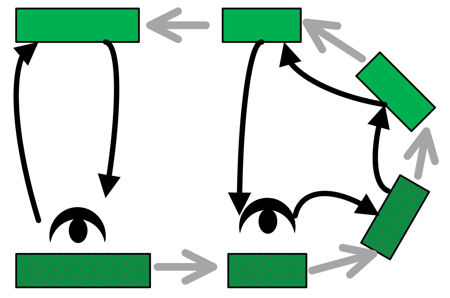Inspection and Quality. How the NFL Can Teach You About Lean.
So, it is a Sunday morning, and the outlook for today is bleak. You see, it is the bye week for my favorite football team–the Chicago Bears. I can handle the wait from the end of the season until the first game of the next one, but giving me a Read more…
Lean Tools
Lean tools are the individual components of a Lean system. The most common Lean tools are: 5S Countermeasures Jidoka Kaizen Kanban Pareto (80/20) charts Process flow charts Poka yoke Pull /Just In Time Manufacturing Single Minute Exchange of Die (SMED) Standard Work Total Productive Maintenance Value stream maps Visual controls Read more…
Just-in-Time Manufacturing
Just-in-time manufacturing is the method of producing products with only a minimal amount of raw material and component parts on hand. The concept of just-in-time manufacturing is nothing new. Henry Ford saw value in having a minimal amount of stock on hand—a concept which Taiichi Ohno took to heart as Read more…
Single Minute Exchange of Die
One of the core principles of Lean is to create flow. But flow is impossible to achieve with long setup times. When it takes an extensive amount of time to switch from one product to another, operators must run large lots to produce enough parts to keep production flowing. With Read more…
U-Shaped Cell
A U-shaped cell is exactly what it sounds like—a work area that is organized in the shape of a ‘U’. The U-shaped cell allows an operator to finish her work in virtually the same location that she started, eliminating the waste of walking back from the end of a line Read more…
Total Productive Maintenance
Total Productive Maintenance keeps machines operational in a way that supports production processes. Total Productive Maintenance combines routine scheduled preventative maintenance with predictive maintenance to limit the impact machine downtime has on operations. The “total” part of Total Productive Maintenance means that machine operators take on a big part of Read more…
